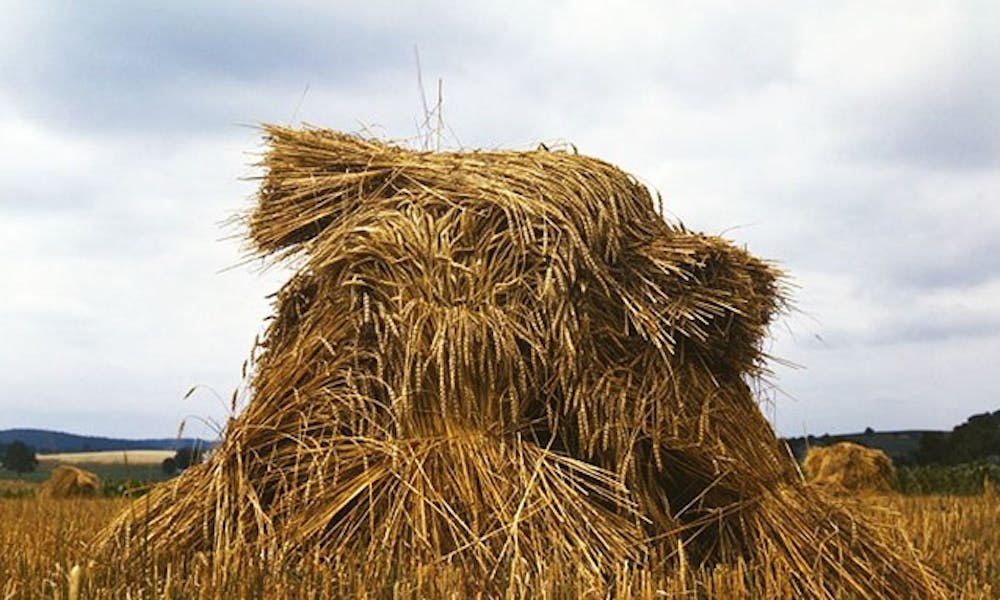It is almost shocking to see a photo of the Great Depression rendered in color. The red lipstick on a woman’s face seems ill-fitting, as if it should be painted over with an appropriate shade of gray. In fact, when we think of the destitute financial times of the 1930s, our minds automatically conjure images in grayscale—the heavy coat of an urban worker or the soft locks of a blooming young woman.
From Jan. 23 to Jul. 23, “Full Color Depression,” an exhibit by Bruce Jackson, will present a special collection of color photos taken by the Farm Security Administration (FSA) during the Depression at the Center for Documentary Studies. Photographers featured in the exhibit include Russell Lee, Jack Delano and Louise Rosskam, who worked under the leadership of Roy Emerson Stryker.
“For most of us, our sense of what the Depression looks like came from those black and white FSA photographs,” said Jackson, a University of Buffalo professor. “They influenced movies that were made and novels that were written. Now we see that photographers were looking at that same time period in color.”
Kodachrome, a stable fine-grain color film, was what made this transformation in photography possible. Initially used for movies in 1935, in four years the film became available for FSA photographers to experiment with. Because of the complexity of the development process, however, the photos were sent to Kodak and never published. It was not until 1978 that the collection was uncovered in the Library of Congress by a graduate student researching her dissertation.
“They are all in their own way, beautiful photographs,” Jackson said. “They have their own inherent value and additional value.”
For the exhibit, Jackson selected, printed and wrote captions for each of the photos. CDS’ Exhibitions Director Courtney Reid-Eaton, who worked with Jackson in 2008 for the “Cummins Wide” exhibition about Arkansas prisons, determined the sequence and presentation of the photos.
Although the FSA team of photographers originally aimed to capture images of rural poverty, its final project engendered a more varied and comprehensive chronicle of the Great Depression. The exhibition features familiar photos of famished farmers and soot-covered mineworkers. However, it also presents new color photos of war propaganda, which appeared massively during the Depression, upper middle class families with cars and even families visiting the vibrantly decorated state fair.
“People wore red, people had flowers, women wore lipstick and it was bright,” Reid-Eaton said. “I think having the reference of black and white for that time can separate people from that time. The past was in color, too.”
CDS continuously looks for opportunities to reach students through different classes and events. Reid-Eaton hopes the exhibition will be a space for interested students to learn more about both Documentary Studies and FSA.
“This is an opportunity to do sort of Documentary Work 101. It’s foundation material with a twist,” Reid-Eaton said. “These photos are completely different. It could be attractive to students who already know about FSA or know absolutely nothing.”
Get The Chronicle straight to your inbox
Signup for our weekly newsletter. Cancel at any time.

